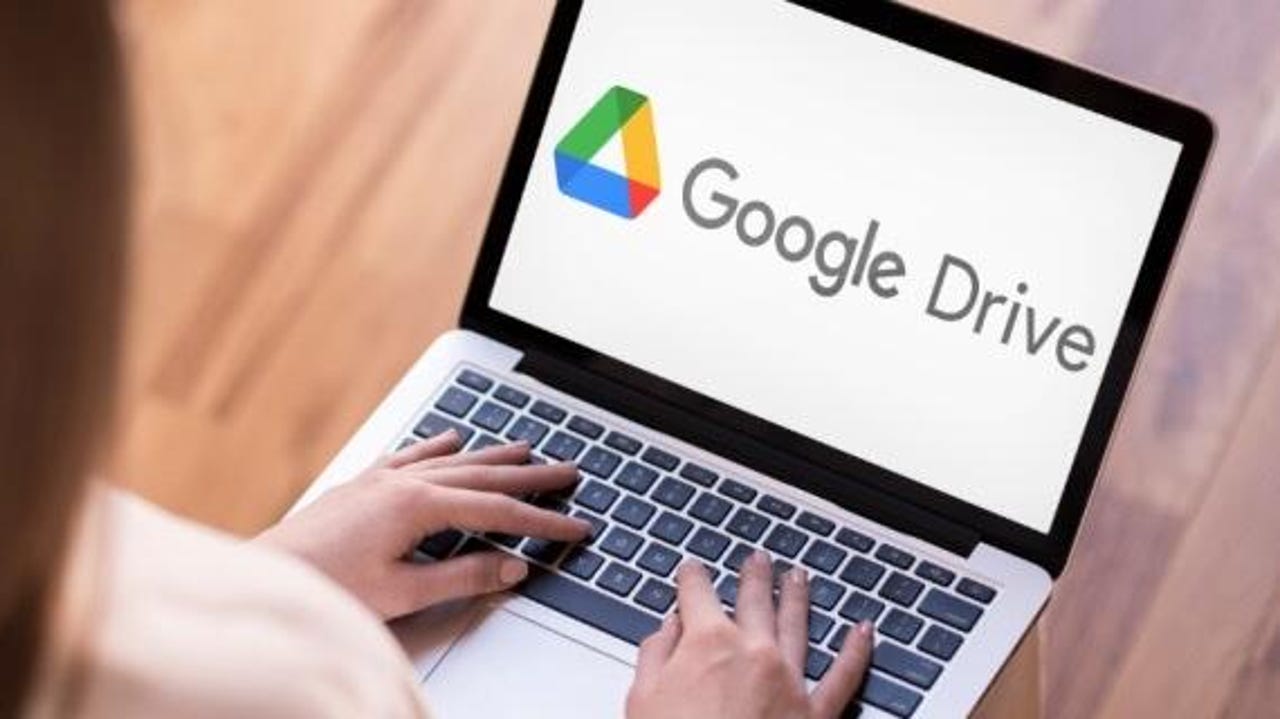































 Image: Getty Images
Image: Getty Images Preparing for classes every semester can take a toll on your precious time and wallet. Since the pandemic, many classes have turned to hybrid or virtual formats, and even the over-priced textbooks have moved online. So why not do the same with your backpack? Ok, maybe not your physical backpack but its contents that can weigh you down while walking across campus?
While smart notebooks are great, they often have page limits and add sneaky extra stylus or subscription costs. Instead, you can go completely paperless by using Google Drive, the free Google-powered storage service that comes with your Gmail.
Having just graduated college, I'll be the first to say that Google Drive has been a lifesaver. From the comfort of my laptop or phone, I was able to take notes for a majority of my classes, plan my week, and organize vital documents. Here's how I did it and how you can, too.
Instead of investing in the folders that inevitably break from the weight of the papers you print and shove in the flimsy pockets, make a permanent Drive folder. Here's how.
To add anything to your drive, select the "+ New" button at the top left corner.
Once you've toggled the + New button, you'll see a dropdown menu with the options to create new folders, files, forms, Sheets, Slides, and Docs. This is the creation process you'll follow for any new information you want to add to your Google Drive. For now, let's focus on folders, as they are the backbone of the virtual backpack.
First, I recommend naming your folders after your respective courses. That way, navigating through the various folders will be easier to do at a glance.
Once you've named your folder(s), you can import documents by downloading them from your course website (such as Canvas or Blackboard) and upload them into the appropriate folder. Uploading is as simple as dragging and dropping the file from your downloads window.
Helpful tip: utilize subfolders. You can create a new folder within a folder for syllabi, homework, projects, and more.
These virtual folders make it easy to have your documents organized and in one place. Rather than rummaging through your backpack to search through sheets of paper, you can even type in the search bar for the folder or document you're looking for.
Oftentimes, professors and teachers will have written their syllabi, rubrics, or assignment prompts in Google Docs. I always liked to markup these documents, making notes or highlighting important due dates. In this case, you can make a copy of a document, add any changes and notes, and do so with the original text still intact.
In the top right corner of your document, select the file button and then "Make a copy".
Now, you will have a copy of your document in your Google Drive. Google Docs will automatically rename your document "Copy ofname of the original document". You can, of course, change the name -- whatever you think will make the document easier to find.
From there, you're free to markup the syllabus, instructions, etc., and make whatever notes you need to stay on track.
One of the most common phrases I used during my undergraduate career was "Let me make a Google Doc." I hope that after reading this article you can say the same. Not only does Google Docs automatically save your work, but you can even work offline by turning on the option in the Drive settings. It's a practical tool for when you're typing up the final bits of an essay during a commute, or when school Wi-Fi is unstable.
On Google Docs, you can do everything from drafting an essay to taking notes. The service works great for creating class to-do lists via the checklist and bullet features, too.
Also: How to use Google Docs version history
Google Drive can also save you the hassle of lending your notebook to a classmate and ensures that everyone from your group project teamdidsee the updated agenda. Here's how to create a Shared Drive for those cases.
On the right-hand side of the Google Drive home screen, select the third option on the drive menu, "Shared drives".
Once you've selected the "Shared drive" option, a blue button will appear in the center of the screen, inviting you to create a shared drive. Name your folder accordingly.
After you've named your folder, the right side of the screen will display the name of your folder and the person who created it (you). From here, you can add members to the shared folder by inputting their email addresses.
Note, if you're using a .edu email account and adding classmates who are also on the domain, Google should auto-populate their contact information when you search their names.
Also: How to create a Google Calendar event right from Gmail
Once you've inputted all the names of people you want to add, make sure to set their editing permissions. You can choose between manager, content manager, contributor, commenter, or just a viewer. Once finished, select the blue "send" button to trigger the invite.
There you have it, an easy (and free) way to stay organized while keeping your backpack clutter-less. While I only discussed some of my favorite ways to utilize Google Drive as a virtual backpack, there are plenty of other built-in features and hacks that can better your school experience. If you have one that wasn't mentioned, share it in the comment section below!
 Tags chauds:
Tags chauds: